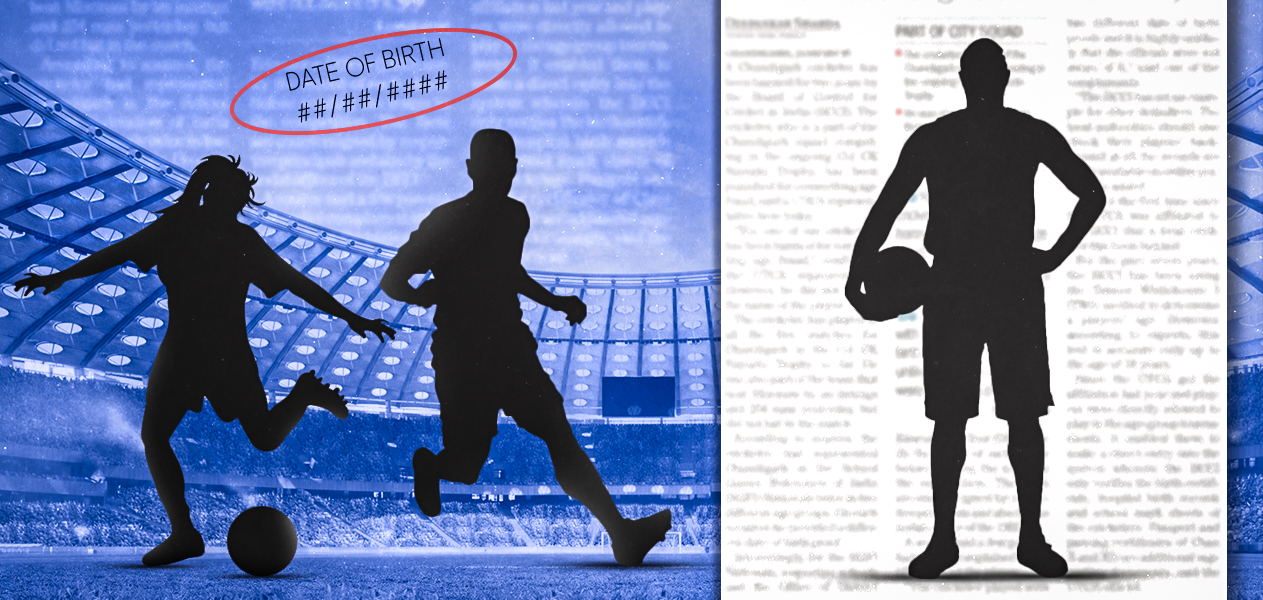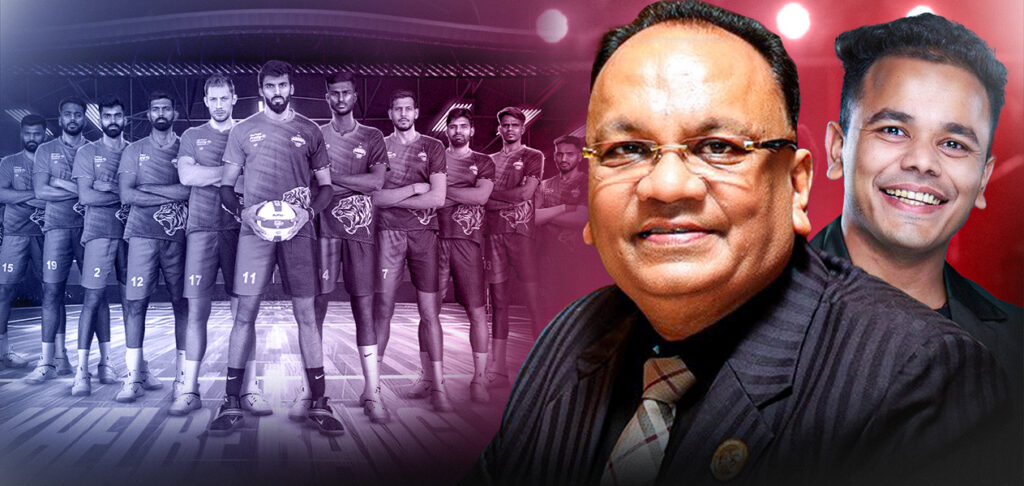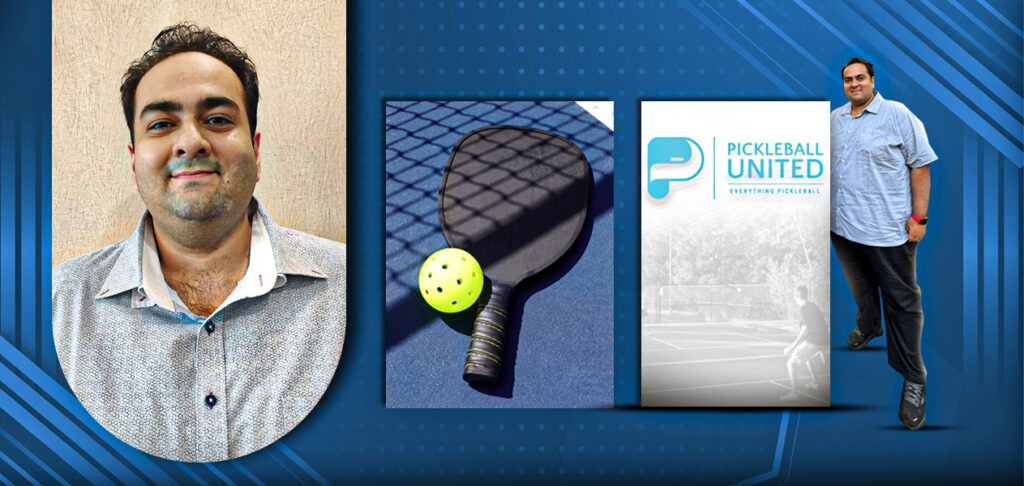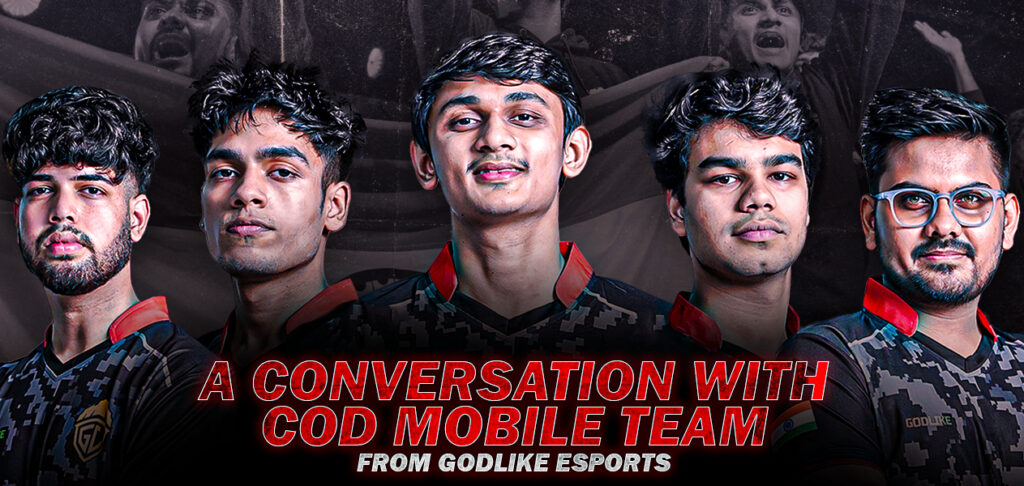At an Under-13 youth league match in the national capital, the two competing teams were clearly poles apart in terms of physical build, biological progression and facial and muscle characteristics. They might have possessed documents that showed they were born within a couple of years of each other, but coaches and seasoned observers of Indian football know when players are not being truthful about their ages.
Coaches, especially, are almost always aware. Arguments that forged documents led them astray may save them from legal and employer trouble, but they hold little water in the eyes of those that have grimaced at this practice for years.
The aforementioned match ended with one team in tears and season-ending injuries to three of their players, with parents on the sidelines contemplating a complete pull-out of their children from football, as the other team revelled in their overtly-aggressive, borderline dangerous, and ultimately hollow victory.
A tale of myopia
Age fraud has been doing the rounds in Indian football once again. The influencers and the commentators jot their lamentations down on social media, and how sorry they are for the state of the game.
This is a media cycle that repeats itself every few years. After all, memories are short and transfer news seems to be in abundance. A subject such as age fraud hardly generates any clicks, and you can hardly blame the public. It is such a dark, depressing facet of Indian sport that it is spoken about almost always in hush-hush tones.
Last time, it was Gaurav Mukhi. This time, it is the newly-launched national Under-17 tournament. A few years ago, a senior federation official had posed a tricky question: “What are the most bought consumer items near youth football tournaments?”
“Razors,” went the punchline.
By sacrificing long-term improvement for short-term performance, Indian football stakeholders do the entire ecosystem a giant disservice, starving the national teams of genuine-age talent.
The nature of the beast
The effects of age fraud are often misunderstood. Condemning the practice is one thing, but the need for awareness around its ill-effects is most critical.
Here’s a quote from a research paper titled From Junior to Elite in Soccer: Exploring the Relative Age Effect and Talent Selection in Spanish Youth National Teams:
“Talent detection and selection programs are more reliable the closer they are to adulthood, reaching a success rate of almost 100% at the U21 stage. The selection of players for such programs should be delayed as much as possible, thus, preventing younger players from dropping out and those selected from thinking they have already reached their goal.”
The Relative Age Effect is a commonly detected phenomenon in European football. It states that athletes born at the beginning of the grouping or batch date (usually January) have an advantage over those born at the grouping date. Extrapolate this from the same year to a period of several years, and those born at the end of the period are likely to miss out on competitive opportunities.
Age frauds hit their peaks earlier than expected and will excel as opposed to genuine age peers when judged on pure physical or anthropometric parameters. Strength, endurance and speed are influenced by physical maturation, and the gap in these parameters are higher at younger levels, say, a 17-year-old against a 12-year-old at the Under-13 level, vis-à-vis a 23-year-old against an 18-year-old at the Under-20 level. Talent identification and player selection become muddled and flawed processes without the correct age identifiers.
The gap between the older and younger players in the same age group increases because the older ones receive opportunities for better training and coaching facilities, scholarships and, ultimately, top-end competitions as part of age-group-based state and national teams.
Those that have not changed their certificates face sub-optimal conditions to realise their full potential and either end up quitting the sport altogether or hitting developmental roadblocks between the ages of 13 and 21.
India’s competitive record at the Under-17 continental level and less-than-ideal records at the U-20, U-23 and senior levels are enough indicators to highlight that this approach leads to teams that start out brightly but predictably fizzle out later.
No easy solutions
Age fraud might have been easier to solve had it not been a societal problem instead of being just a sport-specific one. A cultural phenomenon in order to take advantage of age cut-offs for exams and jobs, age fraud is clearly a larger menace than imagined in a country where counterfeit documents are available at throwaway prices.
The Tanner-Whitehouse 3 Test is the most common one used to check biological maturation, which is not the same as a person’s chronological age. Across India, maturation is vastly different across the country, raising further questions over the test’s accuracy.
The Central Registration System (CRS), the All India Football Federation’s primary database of players, needs a massive overhaul, with the system easily susceptible to manipulation. Many players have multiple profiles in the system, often with different dates of birth, before being flagged.
In official competitions, the onus is on the complainant to provide further proof. In such cases, municipality records of birth and school years are often limited evidence in a gruelling investigation. The CRS has often seen birth certificates with registration dates up to 12 years after actual birth uploaded. There is no legal rationale to rule these certificates out, as it can be argued that some regions have poor access to documentation.
By the letter of the law, any athlete possessing a valid birth certificate and Aadhar Card must be allowed to register in competition and play.
An early start
An overhaul of the registration system and process, while ensuring tons of registered tournaments at a young age, may be a way to put a dent into this problem. It has been observed that it is easier to spot age fraud in the pre-teen years than in the latter stages of development. The knock-on effect of these tournaments in solving a lot of Indian football’s problems will be huge; the pre-10 age bracket badly needs game time.
The role of age-group tournaments and their importance must also be defined. It is a cultural expectation that youth leagues be won and not serve as developmental ground for tomorrow’s footballers. This aspect will require a long-term fix, and one that is admittedly complex to implement.
Years of grassroots neglect has resulted in a situation where an Under-15 player going up against a counterpart from a developed football nation may result in a humbling. Age fraud can be a quick fix to delay this reality, but it can not prevent the same at the senior level.
Lastly, it is almost always the player who receives a ban, while coaches and teams go scot-free: it is the usually latter two that are the biggest drivers of this practice, who treat individuals as manipulatable and dispensable, and it is arguably they who must face the hefty fines and the suspensions. The carrots of playing correct-age footballers are far and few in between. That leaves the stick as the only solution.
To end on a philosophical note, all fixes can only be applied when there’s widespread acceptance of the problem. Without confronting the problem head-on, there can only be denial. There is no doubt that this denial is currently a big thorn not just for Indian football, but for all of Indian sport.













